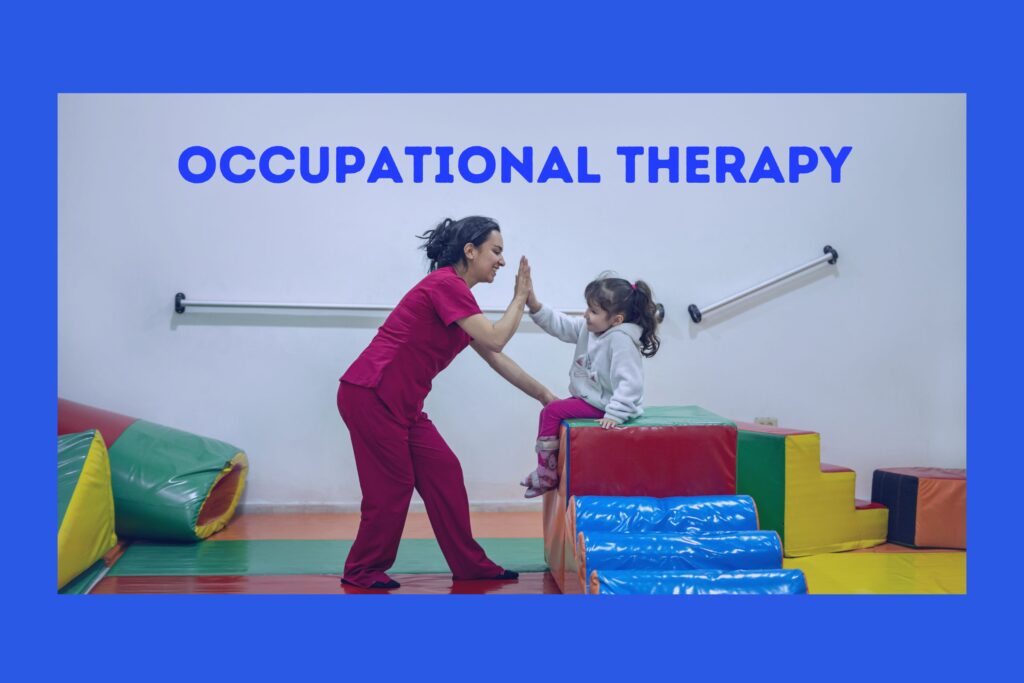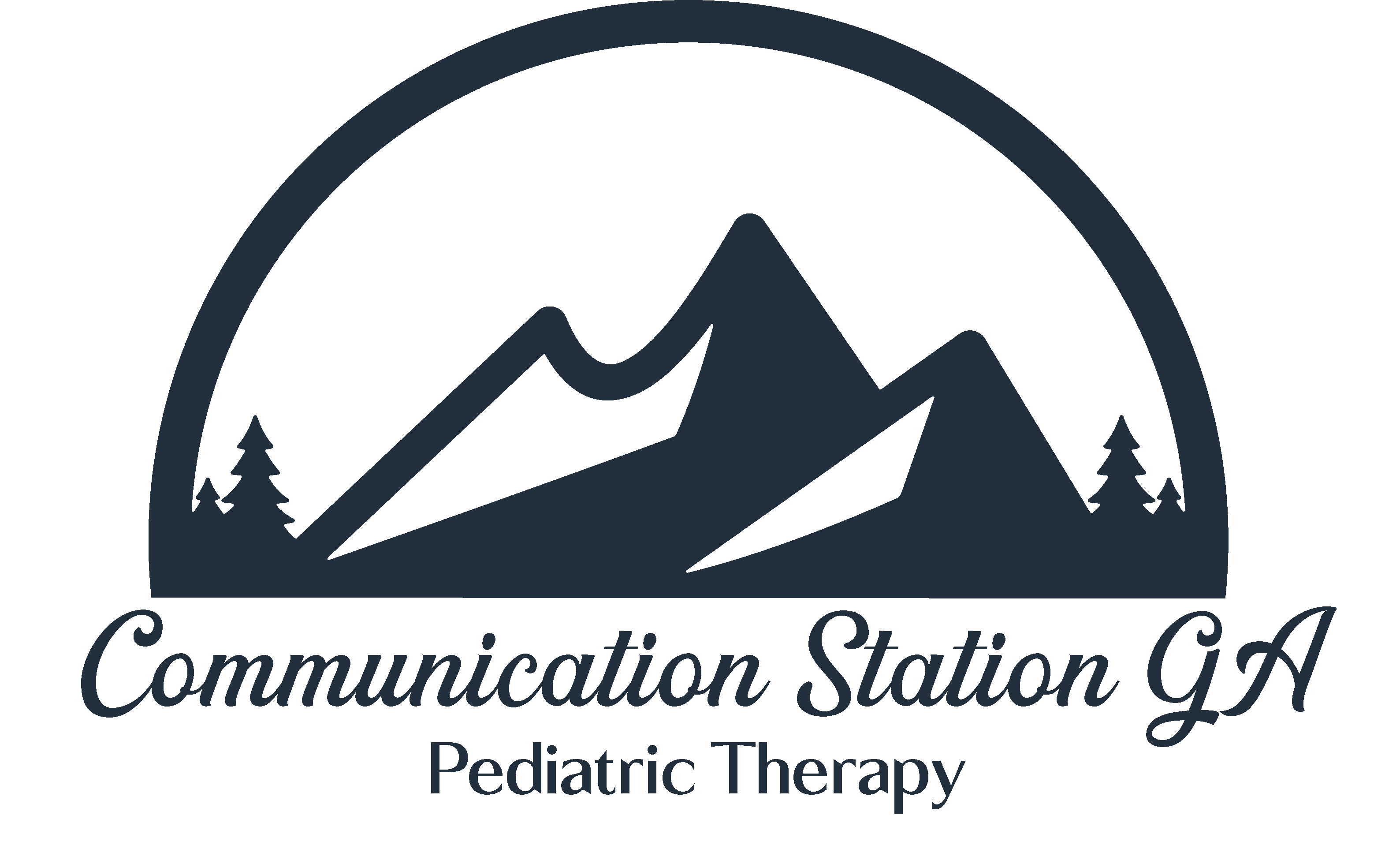
Occupational therapy (OT) for children is a specialized healthcare profession that focuses on helping children develop, improve, or regain the skills needed for everyday activities and tasks. The primary goal of occupational therapy is to enable children to participate in meaningful activities, promote independence, and enhance their overall quality of life.
Occupational therapists who work with children are trained to assess and address a wide range of developmental, physical, cognitive, sensory, and behavioral challenges that may affect a child’s ability to function and engage in daily activities. These challenges can arise from various conditions, including but not limited to:
- Developmental delays: Occupational therapy can assist children who have delays in reaching their developmental milestones, such as fine motor skills, gross motor skills, self-care skills, and social skills.
- Sensory processing difficulties: Occupational therapists can help children who have difficulties processing sensory information, which may result in over or under-responsiveness to sensory stimuli, impacting their ability to regulate emotions, concentrate, and engage in activities effectively.
- Autism spectrum disorders: Occupational therapy can provide interventions to support children with autism in areas such as sensory integration, social skills, self-regulation, and daily living skills.
- Physical disabilities: Occupational therapists work with children who have physical disabilities, helping them improve their motor skills, coordination, balance, and adapt to activities using assistive devices or adaptive equipment.
- Learning disabilities: Occupational therapy can address challenges related to learning difficulties, including fine motor skills, visual perception, handwriting, organizational skills, and attention.
Occupational therapists use a holistic approach to create individualized treatment plans tailored to each child’s specific needs. They employ various strategies and interventions, such as therapeutic play, sensory integration techniques, assistive technology, fine and gross motor skill development, and activities that promote independence in self-care tasks.
Collaboration with parents, caregivers, and other professionals involved in the child’s care is a vital aspect of occupational therapy for children. By working together, the occupational therapist can provide education, training, and support to help parents and caregivers incorporate therapy techniques into the child’s daily routines, promoting skill development and generalization of learned abilities.
It’s important to note that the specific interventions and techniques used in occupational therapy for children can vary depending on the child’s unique needs and goals.
